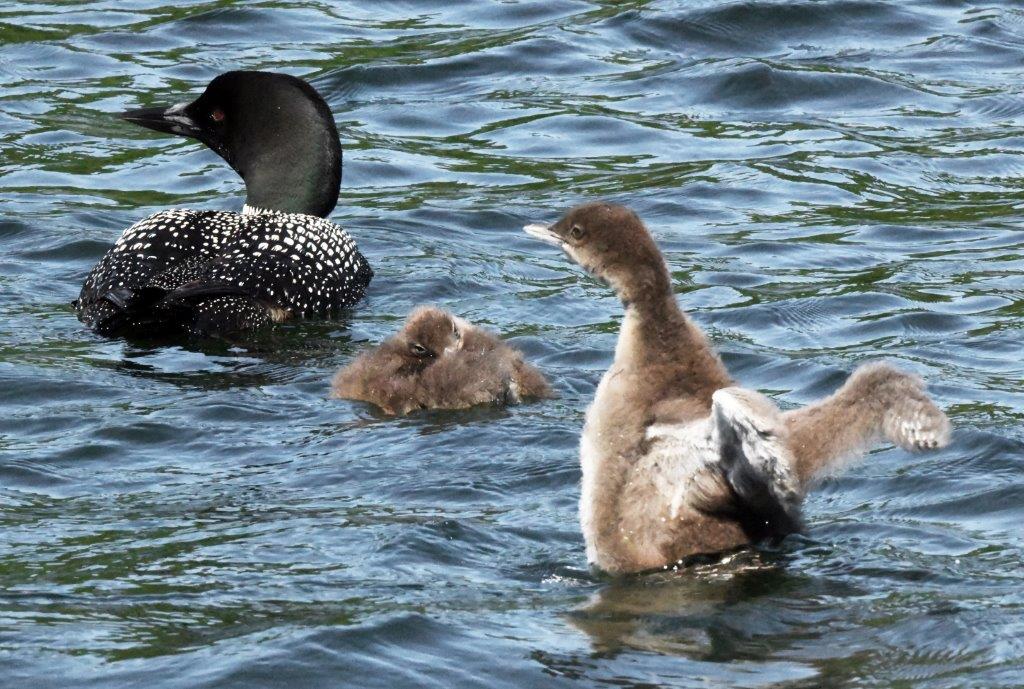Gentle Jack, Gentle Fred, Nice Donna, and Watching Loons Live on the Lake - UPDATE August 9, 2022
Donna eating clover

Bear Highlights with the group today were gentle Jack and gentle Fred (6-year-old son of Samantha). All they did was be themselves as we’ve come to know them. 20220809 Fred
Fred
One interesting thing Fred did while he was eating just outside a window where we were giving a presentation on black bear vocalizations and body language was respond to the bear sounds he was hearing. When he heard a screaming cub, he responded like he wanted to help as other bears have done. When he heard the sounds of battling males recorded during mating season, he perked up sharply.
Beaked Hazelnut w/worm hole
Beaked Hazelnut w/worm hole

22-year-old Donna let us watch what she was eating—clover—which might explain why in this time of berries we found a scat that was all vegetation. Not everything is explainable. Donna spotted a hazelnut that she rose up and sniffed but rejected. The photo of it shows a likely worm hole. If we are in an outbreak of hazel worms, along with the fact that there are three undeveloped hazelnuts in the cluster, this might be a reason we are now seeing more bears in the last few days.
On the pontoon boat ride we wanted to see (1) the young eagle that is nearly full-sized but still on a branch of the nest tree, (2) the den where Hope was born, and (3) how a loon family is doing in its isolated corner of the lake. Watching them from a distance, the parents and two chicks paid no attention to our boatload of clicking cameras. The parents foraged toward us, under us, and were more interested in catching fish and scanning the sky (for chick-eating eagles?) than in our clicking cameras. What grabbed the chicks’ attention was whichever parent had a minnow in its beak. When a parent emerged with a minnow, the nearest chick swam fast to get it.
Loon w/crayfish for chick
Loon w/crayfish for chick

Loon
Loon

Loon chick with crayfish
Loon chick with crayfish

Loons
Loons

Then, a parent emerged with something larger—a full-sized crayfish. A chick swam to check it but did not rush in to grab it. The chick looked hesitantly at it from a foot away. When the chick did take it, the chick struggled to swallow it, dropping it several times. Once, the parent that remained nearby throughout the struggle retrieved the sinking crayfish and presented it again. Eventually, the chick did get it down.
During a resting period near a parent, a chick tucked its beak into its feathers to sleep, relying on the parent for protection. The other stood up at one point and flapped its wings, showing that they were so undeveloped that we wonder if it will be ready to migrate to the Atlantic Ocean in a couple months. The chicks are growing rapidly, though, so we’ll see what happens. Everybody was excited each time a chick or parent did something that revealed something about their ways.
Thank you for all you do,
Lynn Rogers, Biologist, Wildlife Research Institute and North American Bear Center

 Author
Topic: Jewel and her cubs (Read 2440359 times)
Author
Topic: Jewel and her cubs (Read 2440359 times)
